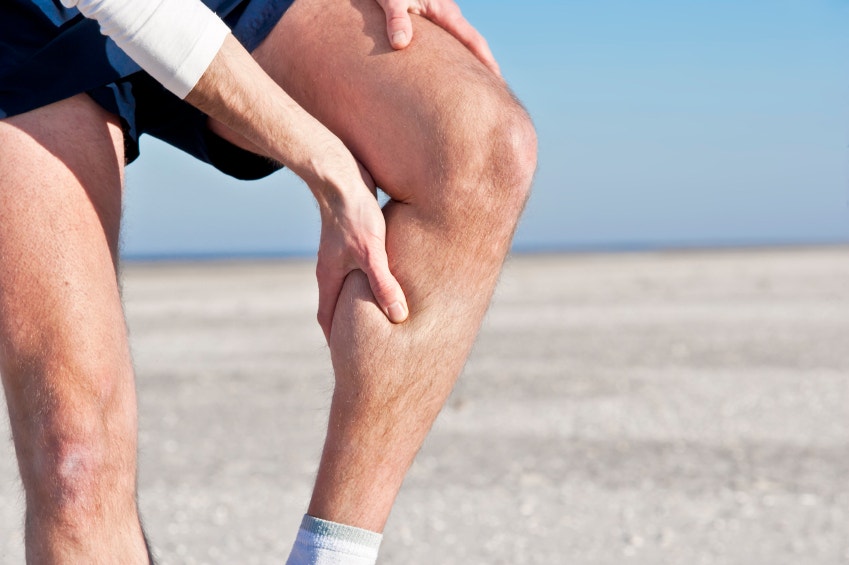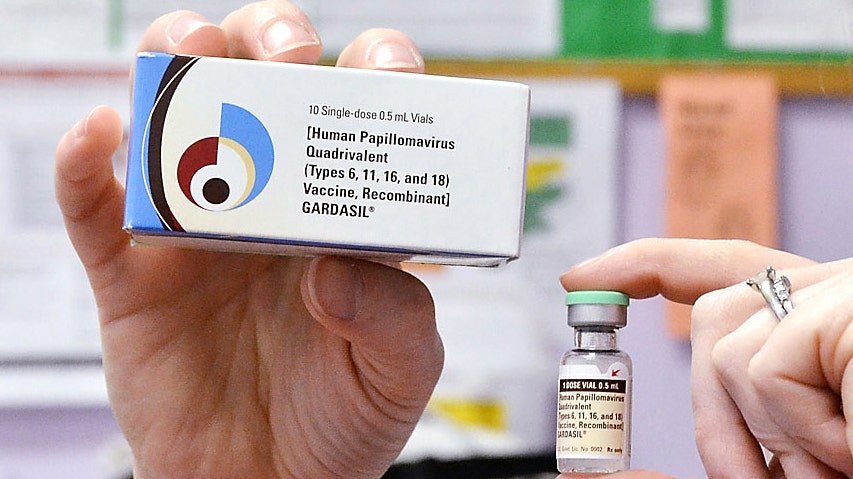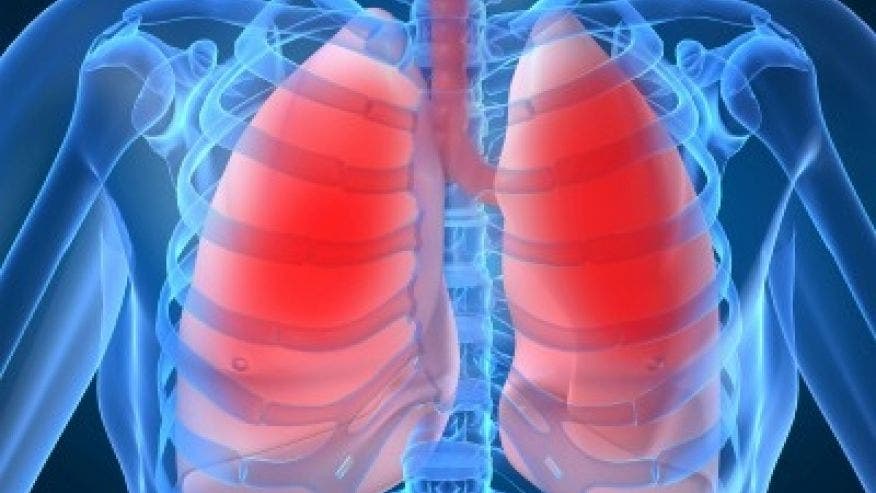The question: I know cardiovascular exercise is good for your heart and blah, blah, blah, but when I’m really hitting it in the weight room, won’t cardio just wreck my strength gains?
The expert: Brad Schoenfeld, Ph.D., CSCS-D, assistant professor of exercise science at Lehman College and the assistant editor-in-chief of the Strength and Conditioning Journal
The verdict: Well, it depends what you mean by “strength.” If you want muscles that are versatile enough to not only fill out a shirt but help you cross a marathon finish line, cardio will boost your strength gains. If you just want big muscles, cardio is not really going to help your cause.
RELATED: 14 Healthiest Snack Foods to Buy
That’s because strength training and cardiovascular exercise—while both means of getting healthier, fitter, and, let’s be honest, sexier—build strength in two different ways.
Strength training, for one, primarily works your fast-twitch fibers, which is contributed to high-intensity, short-duration exercises, he says. In response to training, the fibers get stronger by becoming bigger and growing in number—which is to thank for any size gains in your biceps.
RELATED: 6 Exercise Mistakes You’re Probably Making
On the flip side, endurance exercise primarily trains your body’s slow-twitch fibers, which are responsible for fueling low-intensity, high-duration exercises like running, swimming, and biking. They are tiny, and while they are vital to sticking with any cardio class or endurance event, they don’t really add to your body’s muscle bulk, he says.
That’s by design: “With sizeable muscles, you’re carrying more weight, which would be counterproductive to endurance performance,” Schoenfeld says. “It would be like running a long distance while carrying a suitcase.”
RELATED: The Only 5 Exercises You’ll Ever Need
And, while strength training largely leaves slow-twitch fibers alone and lets them do their thing, there is some evidence that cardiovascular exercise can convert fast-twitch fibers into slow-twitch fibers, Schoenfeld says. Wait, running can actually steal muscle fibers to the cardio team? It’s possible.
RELATED: Shirtless Nick Jonas Explains How He Got His New Body
What’s more, cardio can also disrupt the growth of fast-twitch fiber through what’s called the interference effect, he says. During exercise, your body sends out both anabolic (muscle-building) and catabolic (muscle-breaking) signals, and it’s believed that aerobic exercise can promote a more catabolic environment.
Hence why a 2012 study from the Research Institute for Olympic Sports found that muscle power is significantly lower in people who perform both strength and cardiovascular exercise as opposed to just strength workouts.
RELATED: 15 Minutes to a Ripped Back
Before you swear off the treadmill, don’t. Cardiovascular exercise isn’t bad, and you shouldn’t avoid it like a naked man in the locker room. On the contrary, cardio does a body good, he says. It improves you body’s endurance, burns calories, and improves your heart health (which translates to better blood flow down south). And unless you’re a bodybuilder or competitive lifter, cardio’s effects on your muscle gains really aren’t that bad. Plus, no-neck physiques are just out of style.
RELATED: The Ultimate Guide to Men’s Fitness
To get the most from your strength workouts while still upping your cardiac capacity, Schoefeld recommends performing your strength and cardio workouts on separate days. Or, if you somehow have enough time in your schedule for two-a-days, perform one workout in the morning and the other in the evening. Putting some hours between the workouts can help buffer the interference effect so you can tone up and still win road races, he says.







Leave a Reply